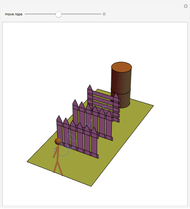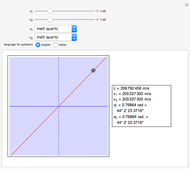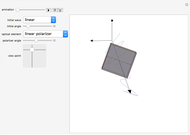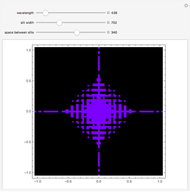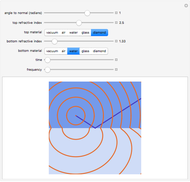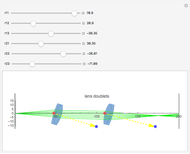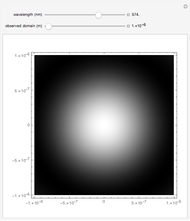Poisson Spot

Requires a Wolfram Notebook System
Interact on desktop, mobile and cloud with the free Wolfram Player or other Wolfram Language products.
This Demonstration shows the interference pattern produced by light diffracted through a small disk in a plane perpendicular to the propagation direction of the light waves. You can adjust the wavelength of the light and set the observed domain to examine details of the interference pattern. The bright spot in the center of the concentric interference rings is called the Poisson (or Arago) spot. This phenomenon cannot be explained by geometric optics, in which the obstacle is opaque. But, using wave optics, the observed phenomenon can be described accurately. Light penetrates behind the object because of diffraction of light waves. The spot at the center is the consequence of the constructive interference of light waves diffracted on the edge of the disk, its central position being determined by the symmetry of the disk. The Poisson spot is further evidence for the validity of wave optics.
[more]
Contributed by: Gábor Angler (March 2011)
Open content licensed under CC BY-NC-SA
Snapshots
Details
detailSectionParagraphPermanent Citation
"Poisson Spot"
http://demonstrations.wolfram.com/PoissonSpot/
Wolfram Demonstrations Project
Published: March 7 2011








